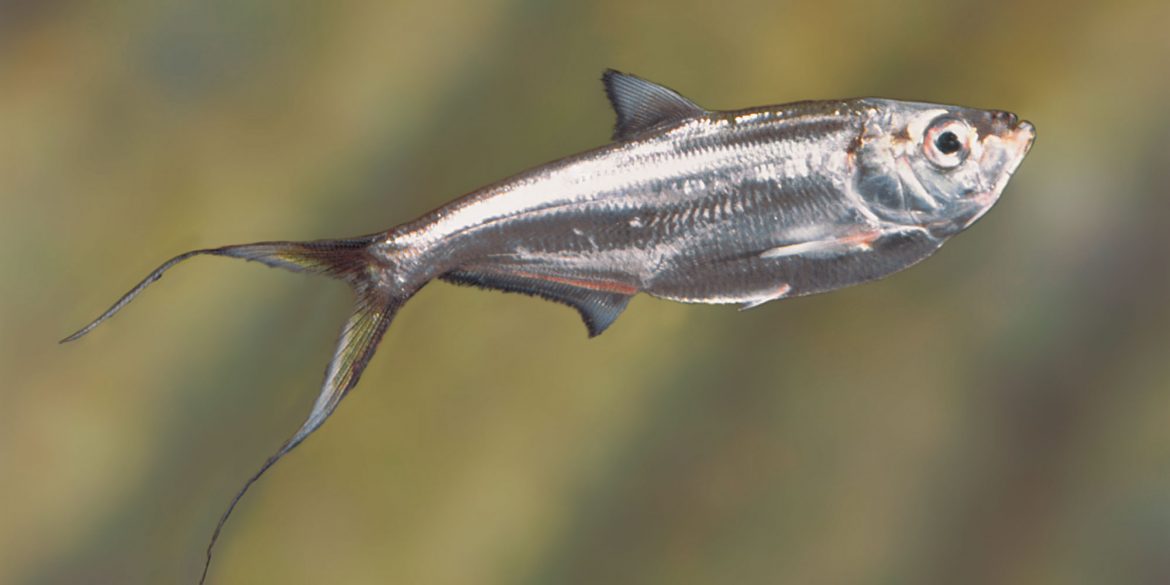
Length Category: Medium (40-100 cm)
Trophic Level: Predator-fish
Migratory Pattern: Local (<100 km)
Spawning Period: Unknown
Export Market: Regional (in Amazon)
Market Status: Third class
Catch Distribution:
Apapá potential yield was estimated to be 935 tons. The main fishery regions are the Estuary (47%) and Tocantins (40%). The Lower Amazon (7%) and Central Amazon (5%) are moderately important.
Natural History Notes:
The apapá commercial fish group consists of two species: apapá branco (Pellona flavipinnis) and apapá amarelo (P. castelnaeana). Apapá amarelo is captured mostly in large open waters of floodplain lakes and river channels, whereas apapá branco is captured mostly in the eastern Amazon under tidal influence. These species are thought by fishermen to migrate but little is known about their movements because there are no major fisheries that target these fish. Apapá feed mostly on small fish and shrimp.
| Brazil | |
| Sardinhão | Pellona castelnaeana |
| Apapá | Pellona flavipinnis |
| Apapá-branco | Pellona flavipinnis |
| Bode | Pellona flavipinnis |
| Sarda | Pellona flavipinnis |
| Sarda-apapá | Pellona flavipinnis |
| Sardinhão | Pellona flavipinnis |
| Apapá | Ilisha amazonica |
| Sardinhão | Ilisha amazonica |
| Apapá | Pellona castelnaeana |
| Apapá-amarelo | Pellona castelnaeana |
| Bode | Pellona castelnaeana |
| Sarda | Pellona castelnaeana |
| Colombia | |
| Arenga | Pellona castelnaeana |
| Bacalao | Pellona castelnaeana |
| Peru | |
| Sardina | Pellona castelnaeana |
| Panshina | Pellona flavipinnis |

